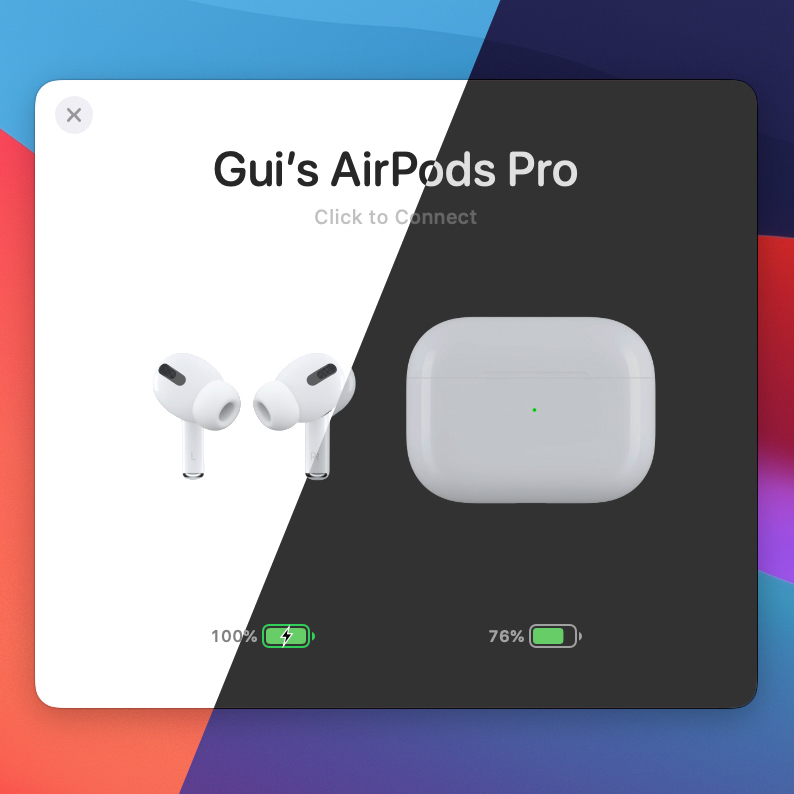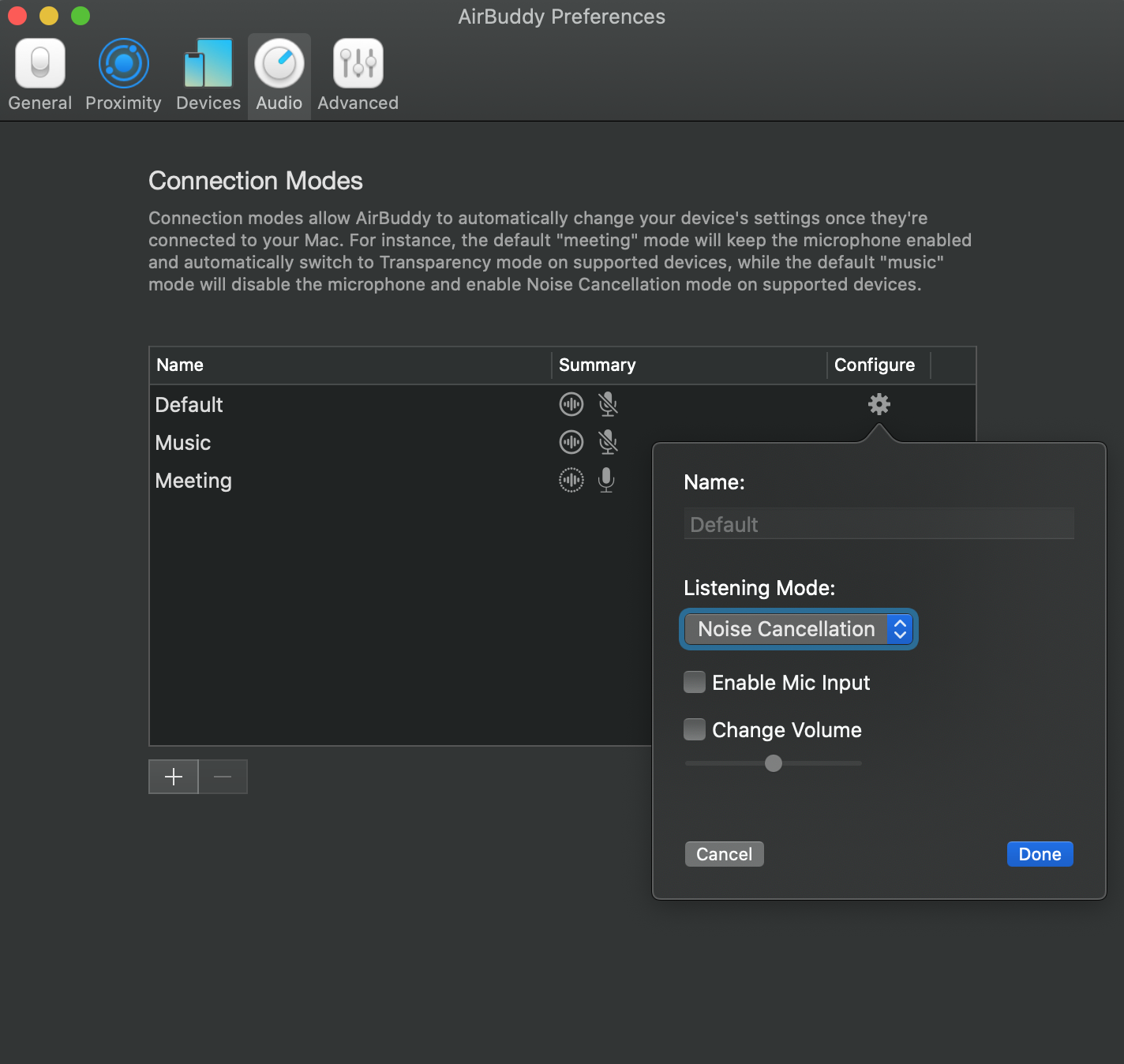
Since SSBA doesn’t use a tank, there is no buoyancy shift to compensate for. As you consume this air your tank becomes lighter, thus more buoyant. 1-05: Is diving with AirBuddy different from SNUBA?Ī standard Al-80 SCUBA tank contains about 2300 litres of air that weigh approx. What makes it really interesting now is that in combination with the latest technologies and advanced materials, it’s finally possible to manufacture compact, lightweight units – like AirBuddy. In fact, the SSBA (or Hookah Dive Gear) has been around for longer than SCUBA. AirBuddy is set to provide air at maximum 2.6 bar to allow you to dive up to the depth of 12m for about 55 minutes. The pressure in the system is therefore much lower. With SSBA (Surface-Supplied Breathing Apparatus), you only compress the air to the pressure that is required for breathing underwater, not storing of the air. This extremely compressed air is then slowly released through a 2-stage regulator for breathing at the low pressure. A standard Al-80 tank with 11 litre internal capacity can store about 2300 litres of atmospheric air when pressurised to 210 bar. With SCUBA (self-contained underwater breathing apparatus), you take all the air you’ll need during your dive with you, in a steel or aluminium tank.

The similarity with SCUBA is that you breathe compressed air. 1-04: Is diving with AirBuddy different from SCUBA? This is the most important rule of diving, and you must remember this at all times. due to a loss of air supply and you perform an emergency ascent (CESA), slowly exhale (making an “aaaaaaaah” sound) as you swim towards the surface. If continuous breathing is not possible, e.g. If you were to hold your breath and ascend, the air in your lungs could expand to a volume larger than the capacity of your lungs and you risk pulmonary barotrauma (lung over-expansion) which is a serious medical condition. Therefore, you must NEVER HOLD YOUR BREATH ON ASCENT! You must continuously breathe in and out to allow the air pressure in your lungs to adjust to the surrounding pressure. In contrary, and similar to SCUBA, when diving with AirBuddy, you breathe in compressed air so that your lungs operate at their normal capacity despite the pressure at depth. As you ascend, your lungs expand back to their initial size. Understanding the difference is crucial for your safety! With freediving, you inhale surface air at normal atmospheric pressure and as you descend, the water pressure shrinks your lungs. It is fundamentally different from freediving (breath-hold diving). centre of gravity below waterline acting like a keel on a boatġ-02: Why do we need to breathe compressed air for diving?.position switch and electronic system to minimize the risk of water ingress.elaborate airways to prevent intrusion of splash water.recoil hose for better position control and kink-resistance.secure magnetic switch with a detachable key.LiFePO4 battery for low weight, long life, and highest Li-Ion safety.water cooled air compressor for maximum performance at a minimum size.low battery underwater notification system.integrated reservoir with 16L pressurised air for safe ascent in case of an emergency.

The innovative features of AirBuddy previously not found in other recreational SSBA include: We designed AirBuddy for maximum performance, comfort, and safety at the minimum weight and size. This kind of dive gear is known as recreational SSBA (Surface Supplied Breathing Apparatus) or Hookah Dive Gear. AirBuddy floats on the surface and follows along as you dive. It draws fresh air from the surface through the dive flag, compresses and stores it inside the air reservoir (float), and then delivers on demand through the hose and specialised dive regulator. AirBuddy is a battery-powered floating dive compressor.


 0 kommentar(er)
0 kommentar(er)
